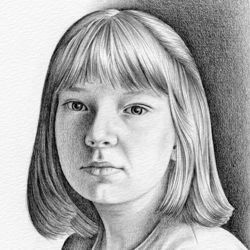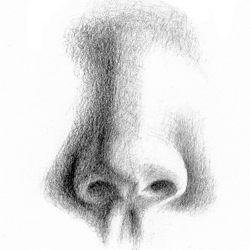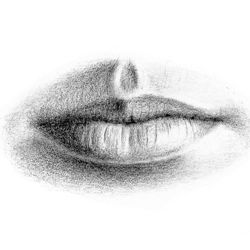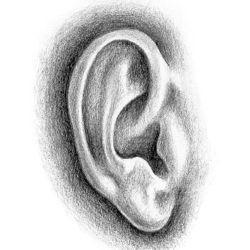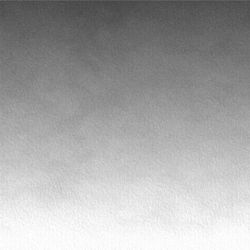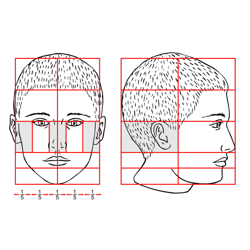Pencil Portrait Drawing - How to Draw an Eye
This lesson illustrates and explains the step-by-step pencil techniques used to draw an eye.
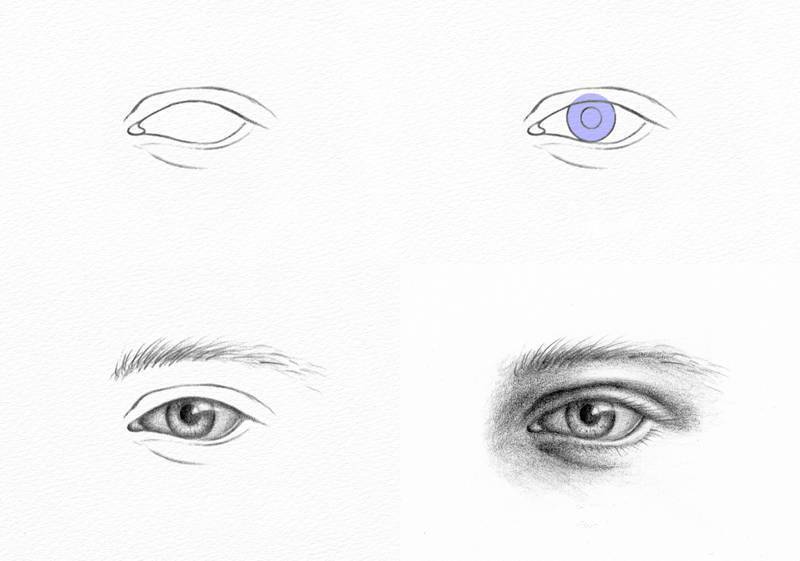
Our pencil study of an eye is broken down into four steps to help you understand each stage of the drawing process. We start by drawing the outline of the eyelids, followed by the iris and surface of the eye, finishing with the eyebrows, eye lashes and the surrounding shading that pulls everything together.
How to Draw an Eye - Step 1
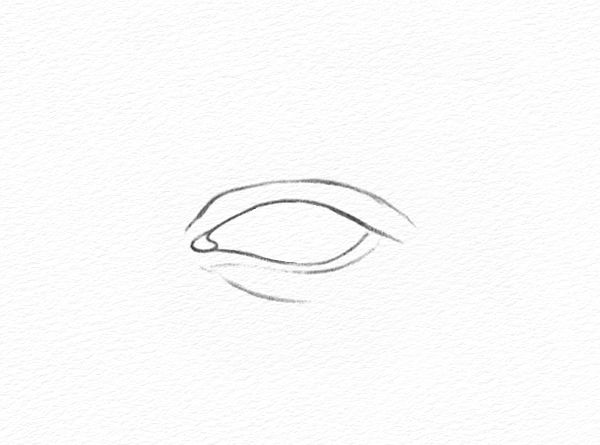
Step 1 - The Outline of the Eye
Close observation is very important when starting the line drawing of an eye. You must pay particular attention to the difference in shape between the upper and lower eyelids.
-
Each eye is unique and the more acute your observation, the more accurate a likeness you will achieve.
How to Draw an Eye - Step 2
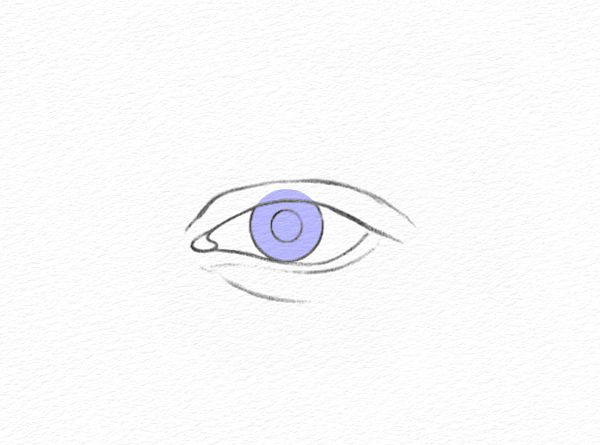
Step 2 - Drawing the Iris
You should note how the upper eyelid covers the top of the iris.
-
Most beginners draw the iris too small and try to fit it within the white of the eye.
-
The bottom of the iris usually sits on or very slightly below the lower eyelid.
How to Draw an Eye - Step 3
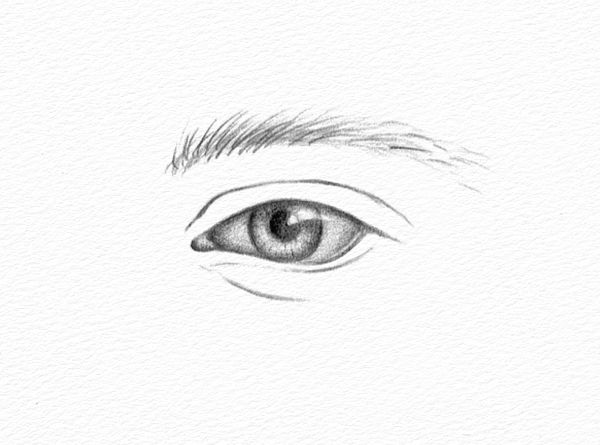
Step 3 - The Surface of the Eye
There are two main elements to consider when drawing the glassy surface of the eye:
-
A bright glint of reflected light should be left as unshaded paper at the start of the tonal drawing. This will become the brightest element in the eye. This reflection is further enhanced by its contrast with the pupil - the darkest element in the eye.
-
The iris contains a variety of tones and flecks which radiate to the centre of the pupil. It is usually darker around its outside edge and lightens towards its centre creating a translucent effect.
How to Draw an Eye - Step 4
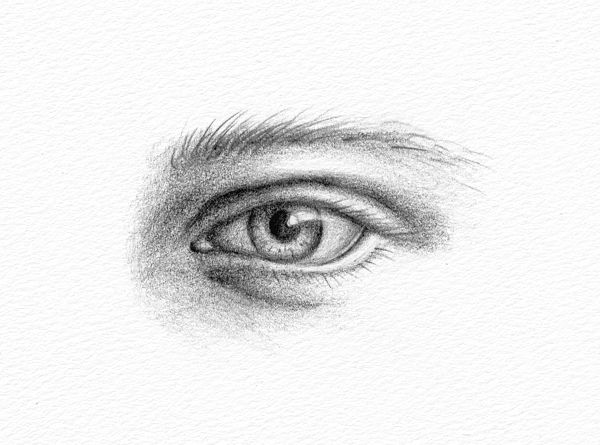
Step 4 - The Eye Socket
The final step is to render the solidity of the eye socket and surrounding area using graduated tone.
-
The upper eyelid casts a shadow which forms a dark curve across the top of the eyeball. This gradually softens into the shaded areas at each corner of the eye.
-
Graduated shading is used to cover the outline detail and build up the tone of the eyelids and surrounding area.
-
Eyebrows and eyelashes are formed by soft, delicate hairs, so draw these lightly and pay particular attention to the direction of their growth.

